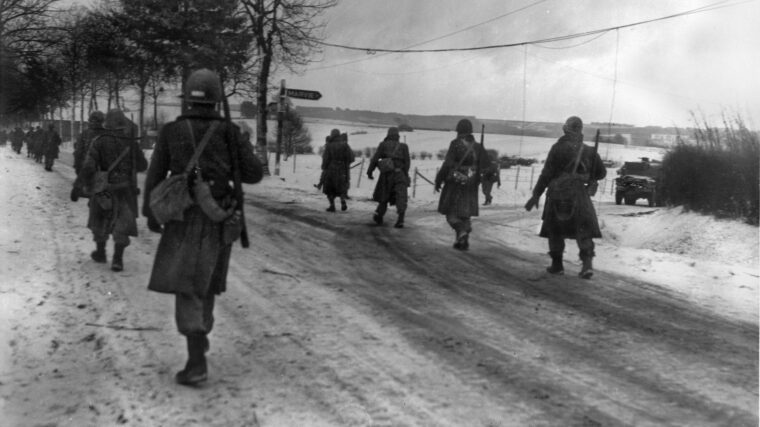
Battle at Crossroads X: Glidermen of Bastogne
For the cold and hungry GIs of Company B, 1/401st Glider Infantry Regiment, holding the western approach to Bastogne would push the men to the limits of their endurance. Read more

For the cold and hungry GIs of Company B, 1/401st Glider Infantry Regiment, holding the western approach to Bastogne would push the men to the limits of their endurance. Read more
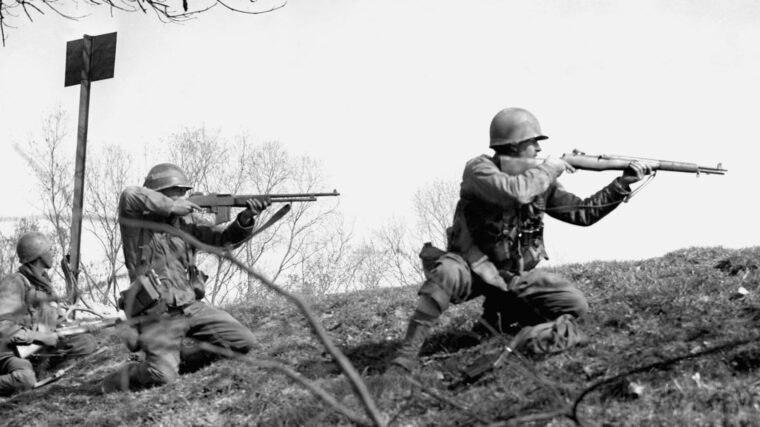
By early 1945, less than a year before General George S. Patton’s mysterious death, Adolf Hitler’s armies were almost exhausted. Read more
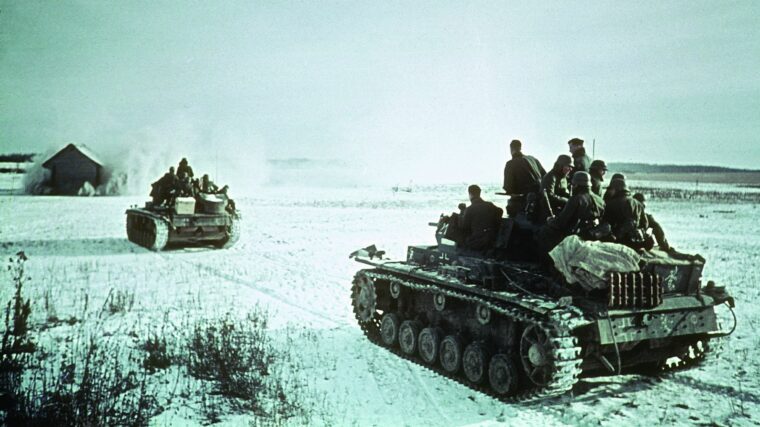
The war map gave Adolf Hitler every reason to be confident. Operation Barbarossa, Germany’s invasion of the Soviet Union begun on June 22, 1941, had succeeded spectacularly on nearly every front. Read more
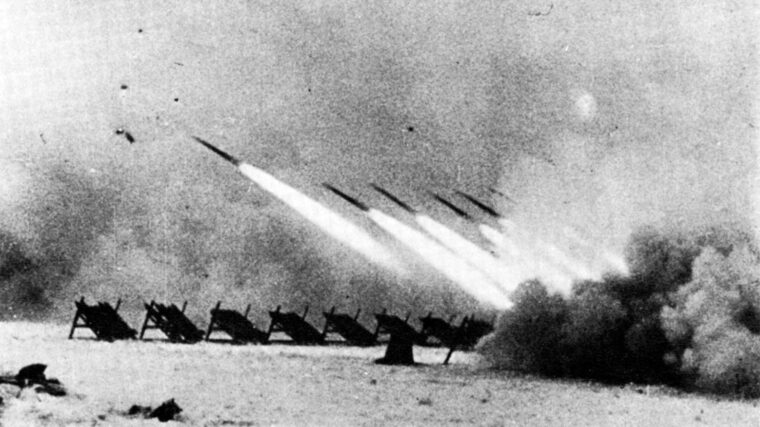
In the fall of 1942, in a prelude to the now-famous Operation Uranus, the Red Army had its back to the wall once again. Read more
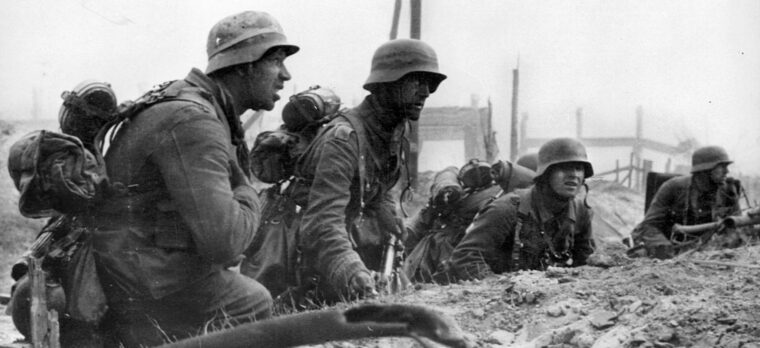
As Adolf Hitler began to formulate his grandiose plans for the conquest of the Soviet Union, he considered the far northern operation area little more than a sideshow. Read more
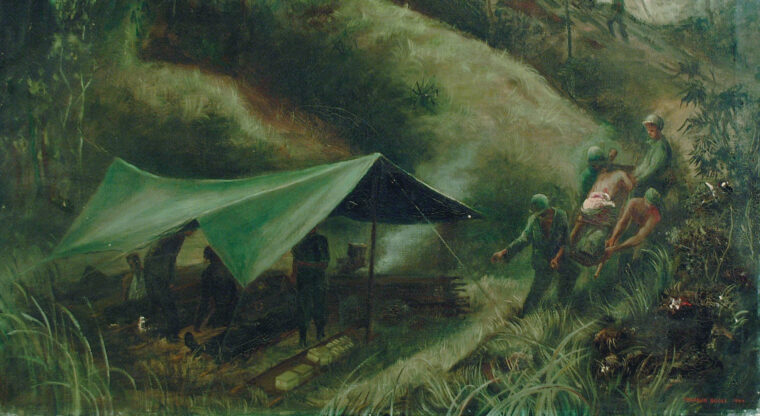
Lieutenant General Hachiro Tagami, commanding officer of the 36th Division, dubbed the Tiger Division, did not like the news he had received from Imperial Army Headquarters in Tokyo. Read more
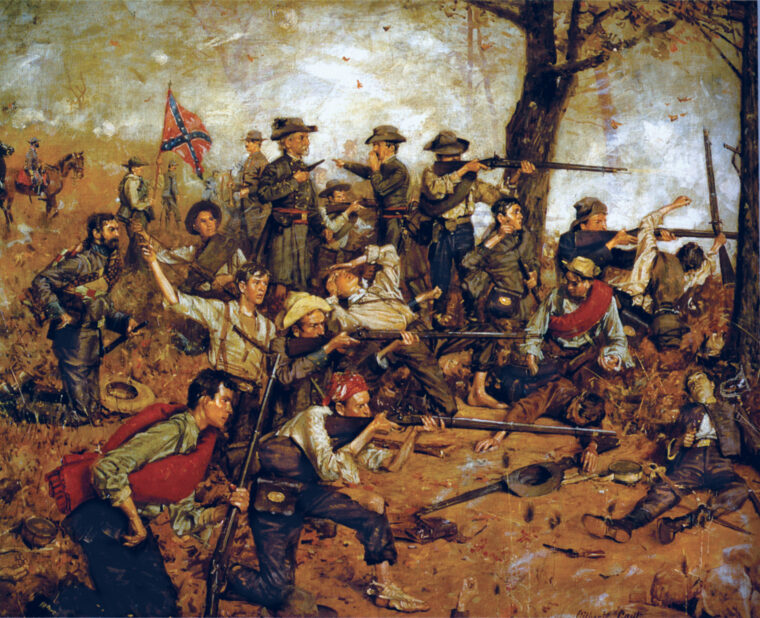
When the Civil War started in 1861, there were only two officers in the Union Army who had commanded a force in battle larger than a brigade. Read more
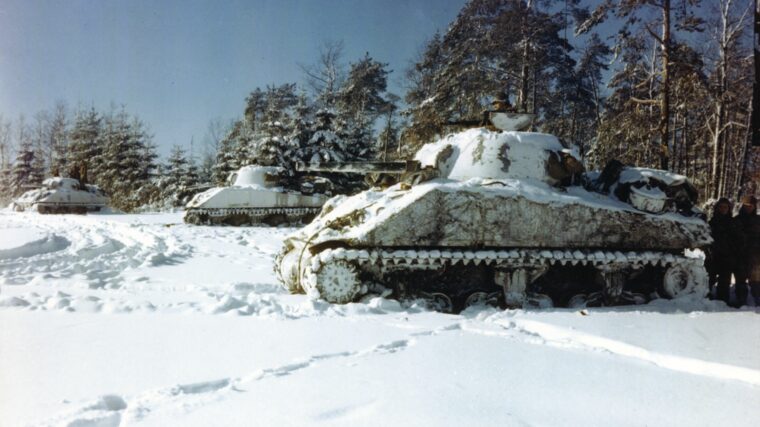
The U.S. 9th Armored Division arrived in the European Theater of Operations in late October 1944 as a reserve for Maj. Read more
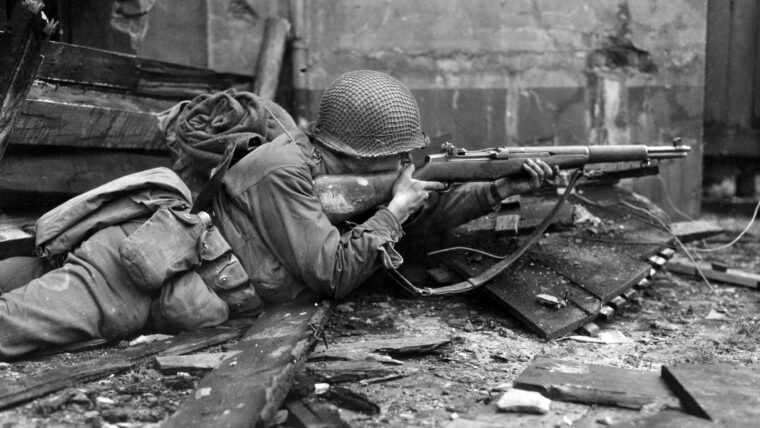
In early 1945, while the American First Army was focusing on the dams of the Roer River near the German-Belgium border and Patton’s Third Army was probing the Eifel and clearing the Saar-Moselle triangle, the First Canadian Army was about to open their offensive as part of Operation Veritable in a drive southeast up the left bank of the Rhine from the vicinity of Nijmegen. Read more
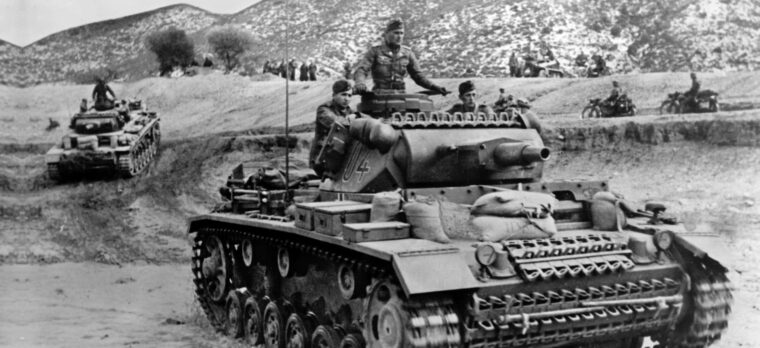
Ignoring the swirling sands stirred up by the fierce winds of the Sahara Desert in the early morning hours of February 14, 1943, Generalleutnant Heinz Ziegler ordered his panzer columns forward to attack the American forces deployed in central Tunisia. Read more
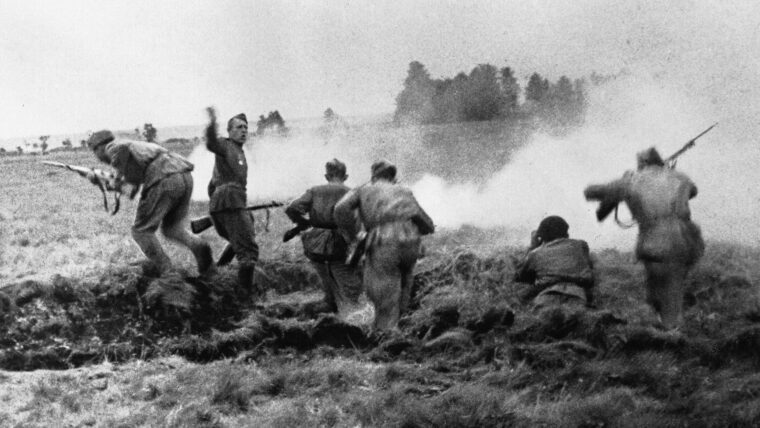
Overshadowed by the Allied landing in Normandy on June 6, 1944, the Soviet Union’s Operation Bagration on June 23 is one of the least-covered campaigns of World War II. Read more
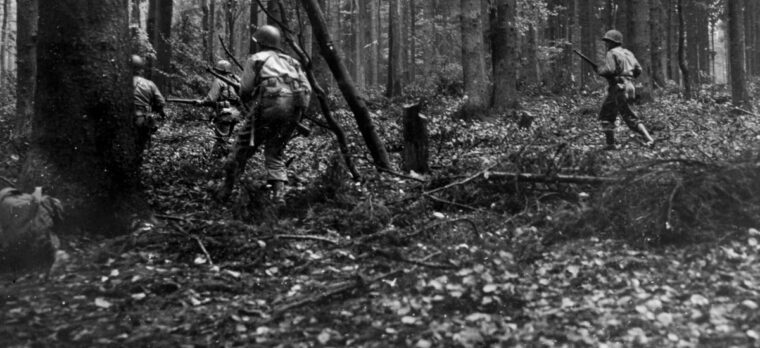
Gray skies hung low and a steady drizzle dripped through the tall, dense fir trees near the German-Belgian border on the morning of Thursday, November 16, 1944, during the Battle of Hürtgen Forest. Read more
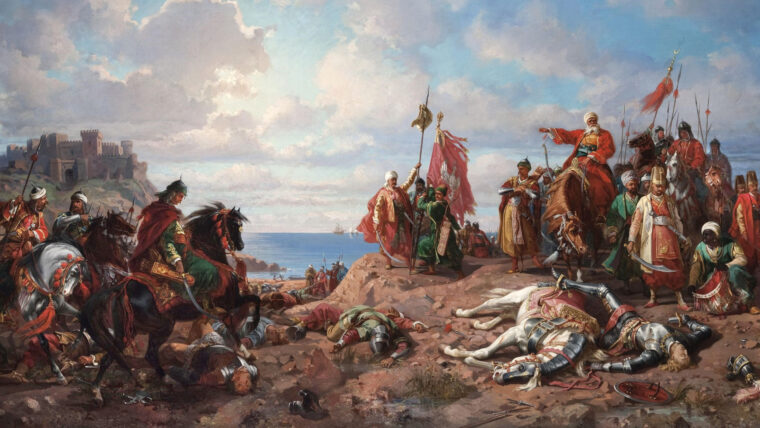
During the mid-14th century, a new theater of the crusades erupted, this time on the doorstep of Christian Europe. Read more
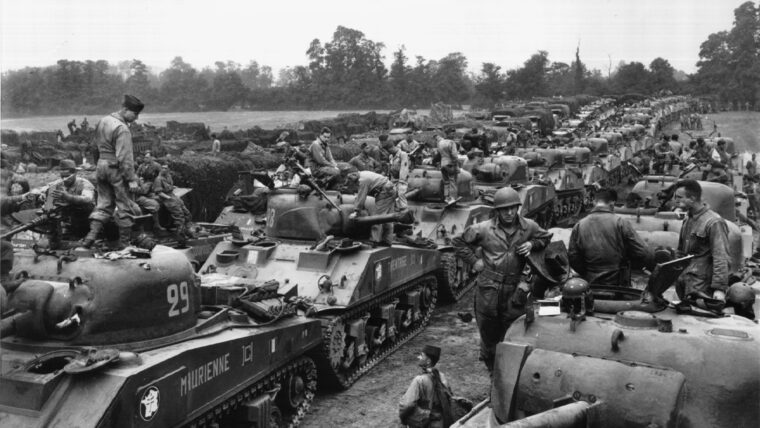
U.S. Secretary of the Treasury Henry Morgenthau, who was attired in civilian clothing in keeping with his role as an observer for U.S. Read more
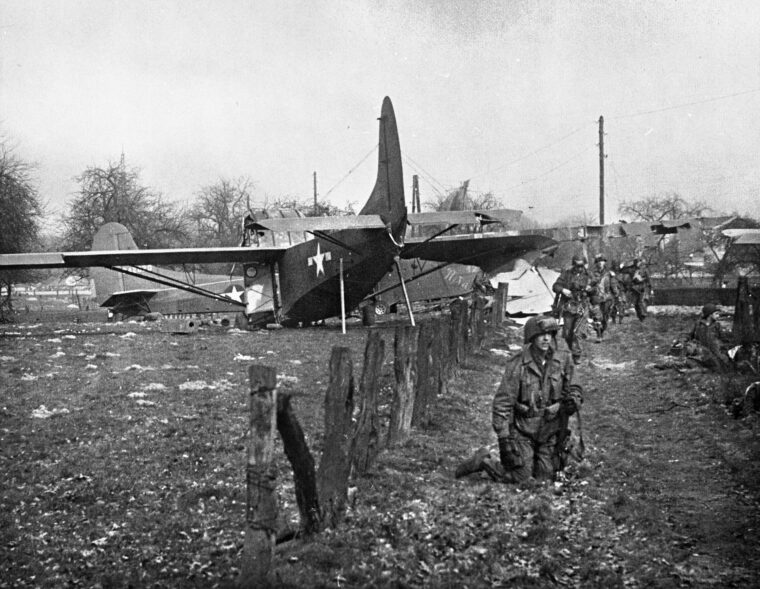
March 24, 1945. The green light flashed from the C-47 tug plane, prompting the glider pilot being pulled behind it to release his tow rope over Landing Zone N, just east of the Rhine River. Read more
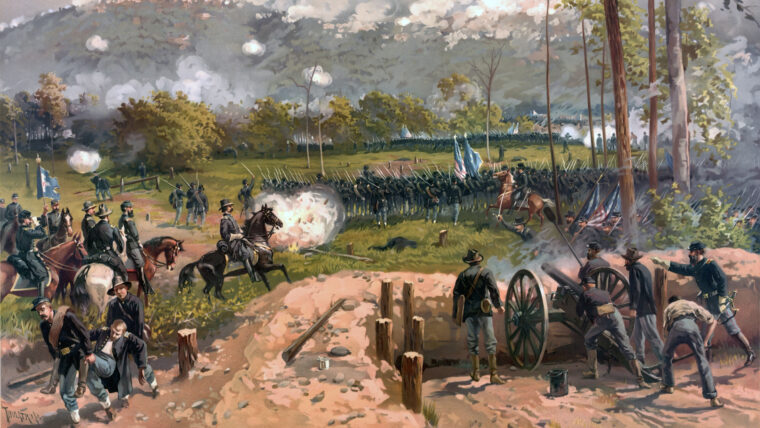
Shortly after dawn on June 27, 1864, Union artillery crews sprang into action on 200 guns facing miles of the Confederate defenses along the Kennesaw Line near Marietta, Georgia. Read more
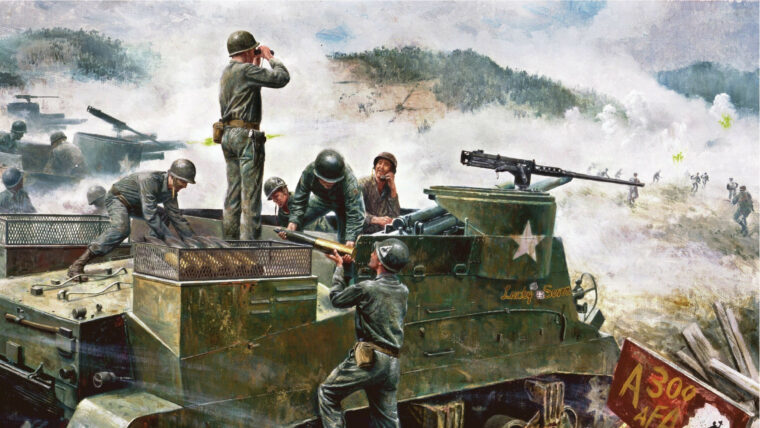
By mid-April 1951, the war in Korea was nearly 10 months old. United Nations forces had suffered a reversal of fortunes in late 1950 with the entry of Communist China into the war, losing the South Korean capital of Seoul but later regaining it. Read more
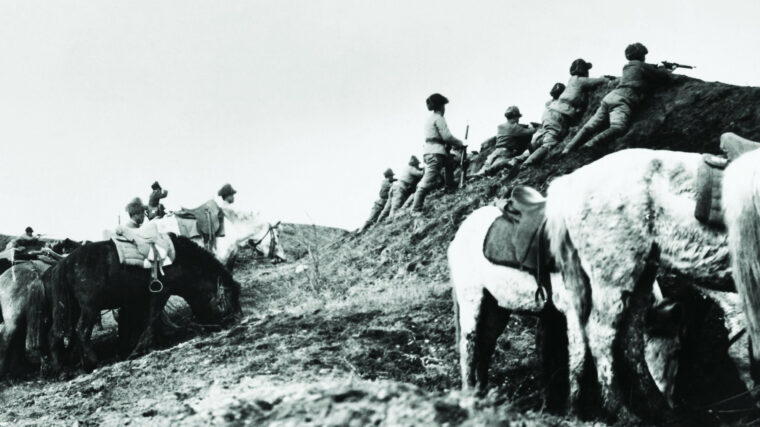
At 11:02 am on August 9, 1945, an American warplane dropped an atomic device nicknamed “Fat Man” onto the city of Nagasaki, Japan. Read more